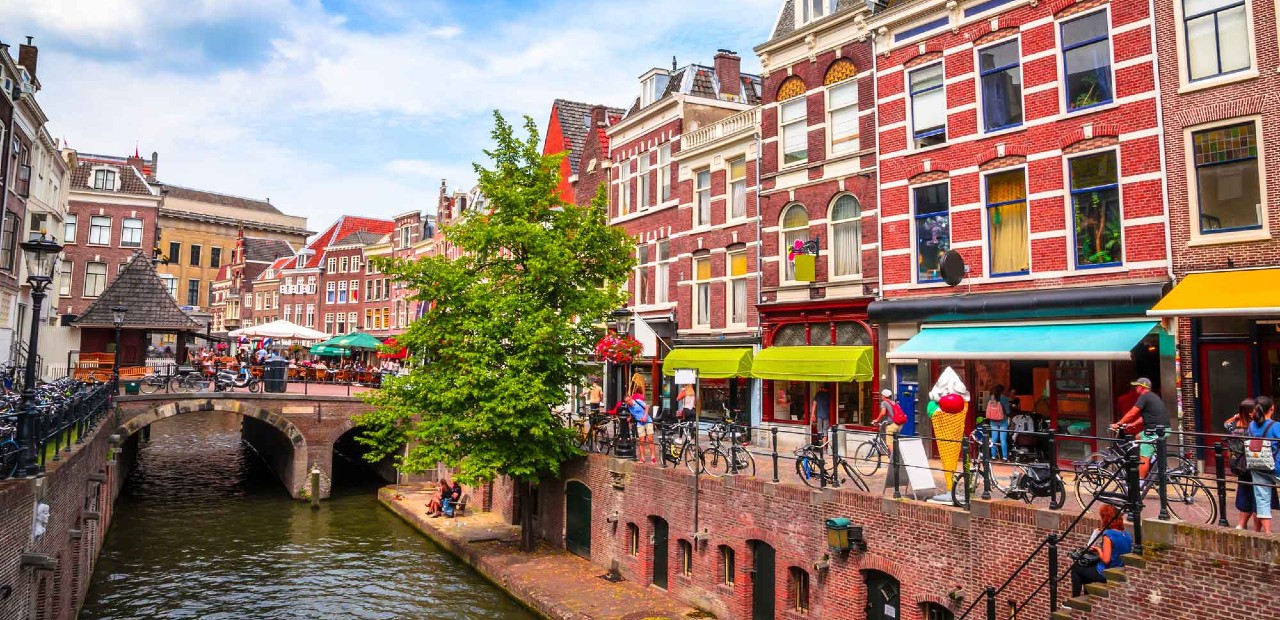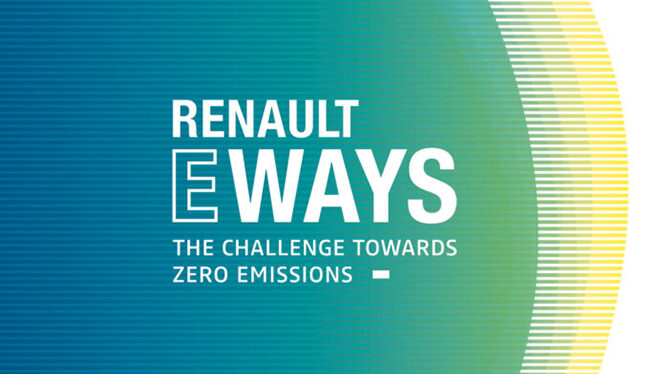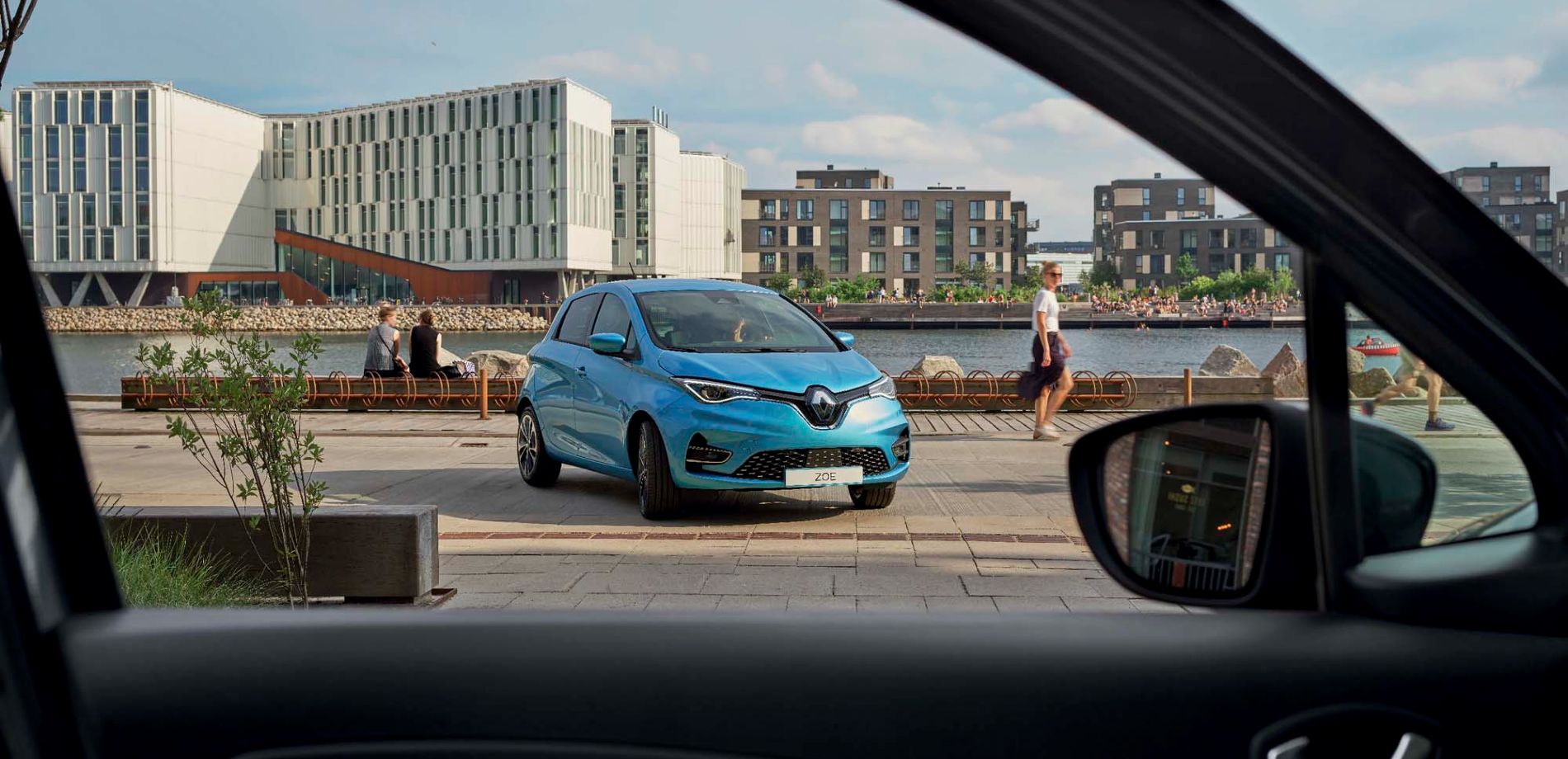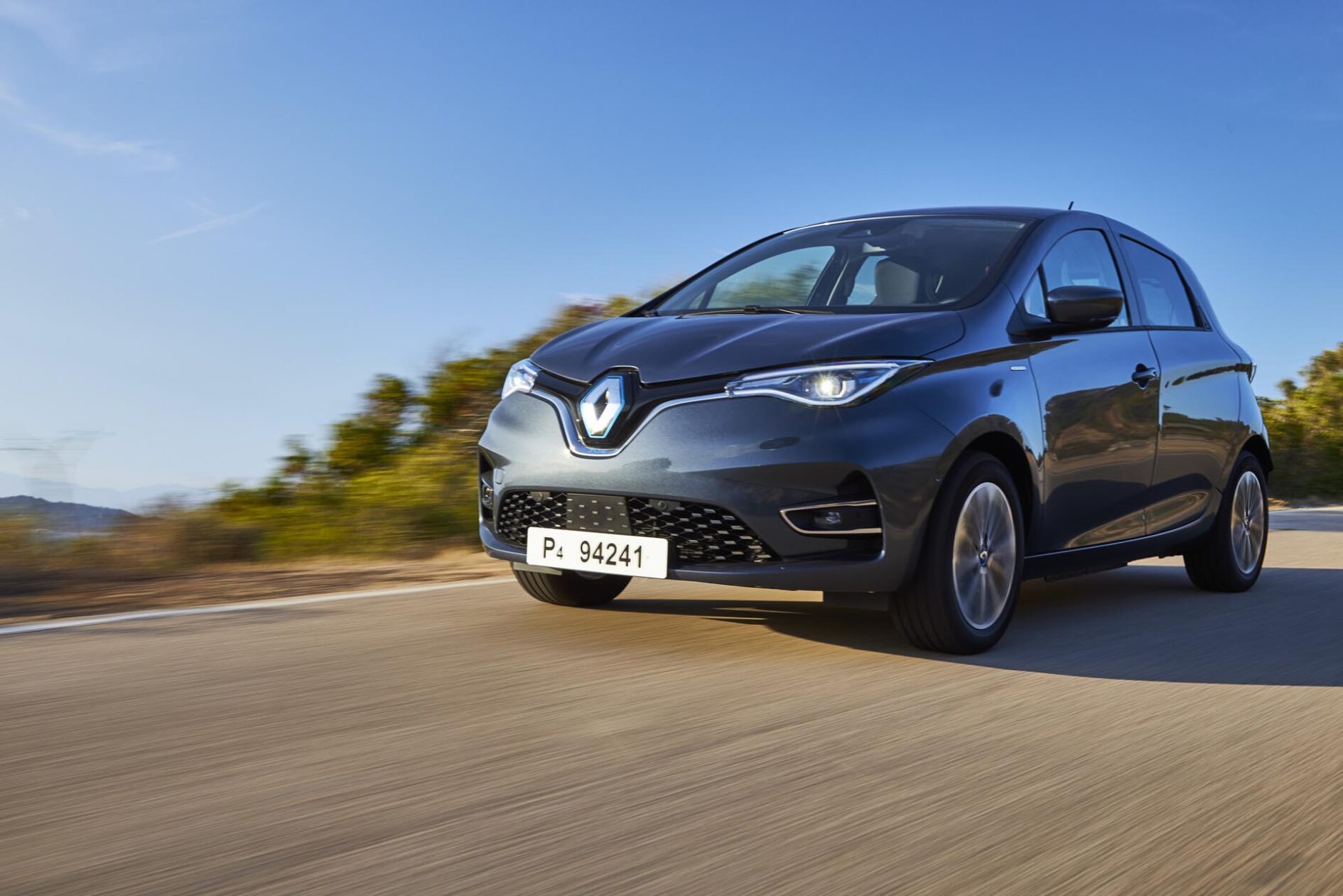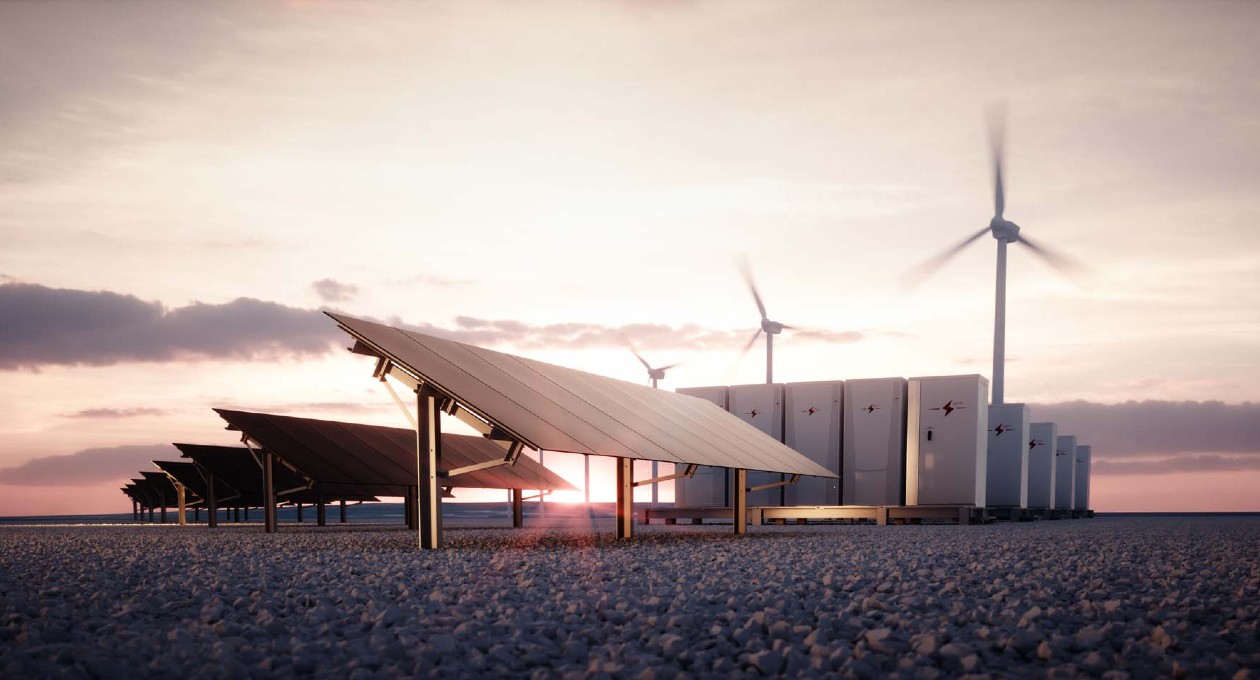

Transitioning to electric mobility doesn’t just involve car manufacturers: it involves local communities, the energy industry and other companies that design or distribute solutions related to charging, carsharing, traffic or parking.
With so many stakeholders, it is difficult to move forward without a truly collaborative approach. Various public and private players from the province of Utrecht, the Netherlands, have therefore come together to plan the implementation of a real-life eco-mobility project. To do this, they have called on partners who support open innovation.
Carsharing and renewable energies
Operated by the Start-up LomboXnet, the carsharing service “We Drive Solar” launched in the district of Lombok has a fleet of 150 ZOEs at the disposal of residents on a self-serve basis. A number of parking spaces are reserved for these cars and are easily recognisable by their charging stations. While the latter are connected to the power grid, they are also powered by several thousand solar panels installed on neighbouring roofs, creating 100% renewable energy.
Making the car an integrated part of the power grid
In addition to supporting the “We Drive Solar” initiative, Renault is actively involved in the development of new solar energy solutions. Dutch start-up JEDLIX, 25% owned by Renault, offers an application that allows you to manage smart charging. For example, it can trigger a charge cycle when renewable energy production is in full swing or when the power grid is in a period of excess capacity. Some Dutch ZOE drivers already know the application, called Renault Z.E. Smart Charge allows them to decrease the cost of charging at home.
The charging network is even able to draw from an electric vehicle’s battery to compensate for an overall energy deficiency. The car hence becomes a part of the power grid in a true vehicle-to-grid approach.
Laying the foundation for smart electricity
Utrecht, which has 350,000 inhabitants and expects another 50,000 in the next ten years, now wants to install charging stations throughout the city to provide renewable — and affordable — energy to as many people as possible. Renault and its numerous partners will continue to support the development of tomorrow’s power grids, particularly in the Netherlands alongside Start-ups such as JEDLIX or LomboXnet.
Copyrights: iStock, Renault Communication
